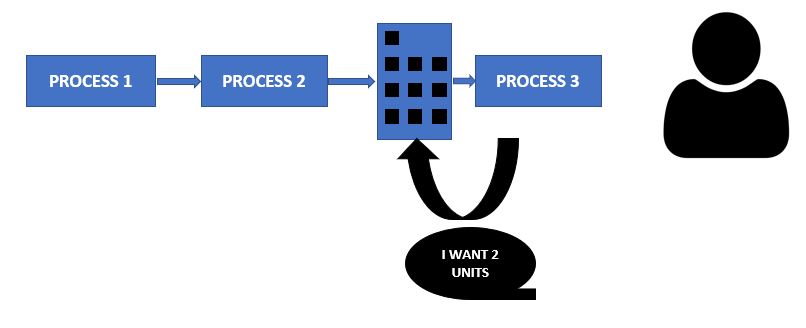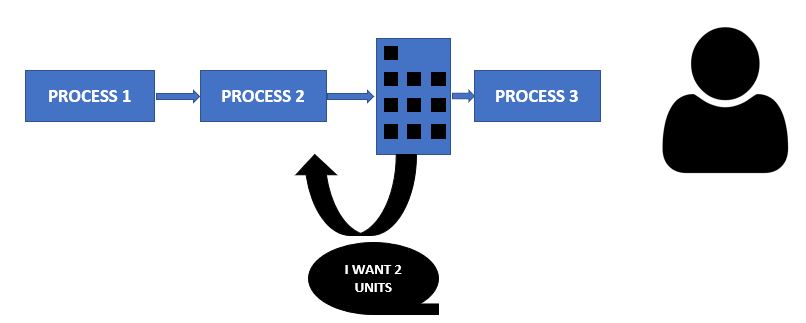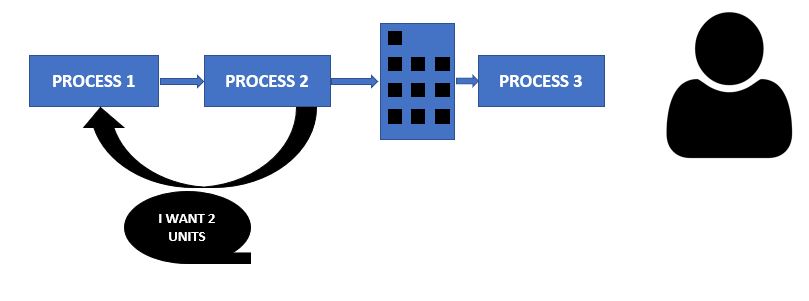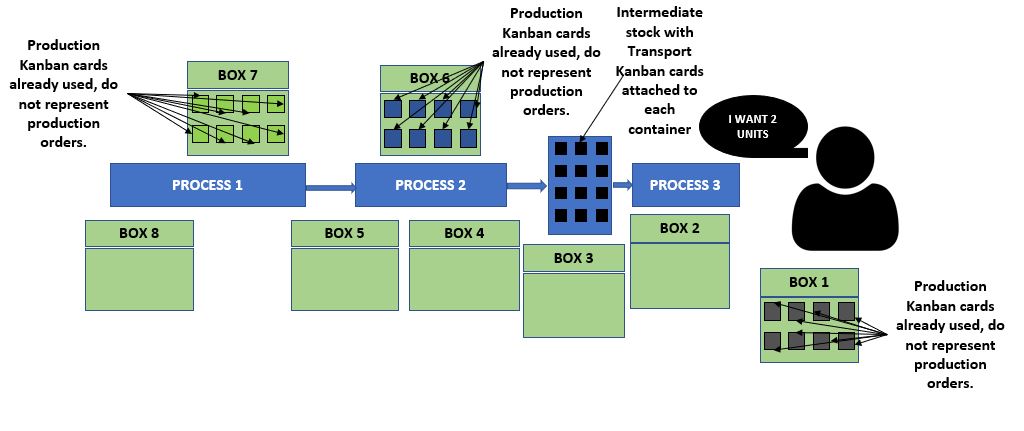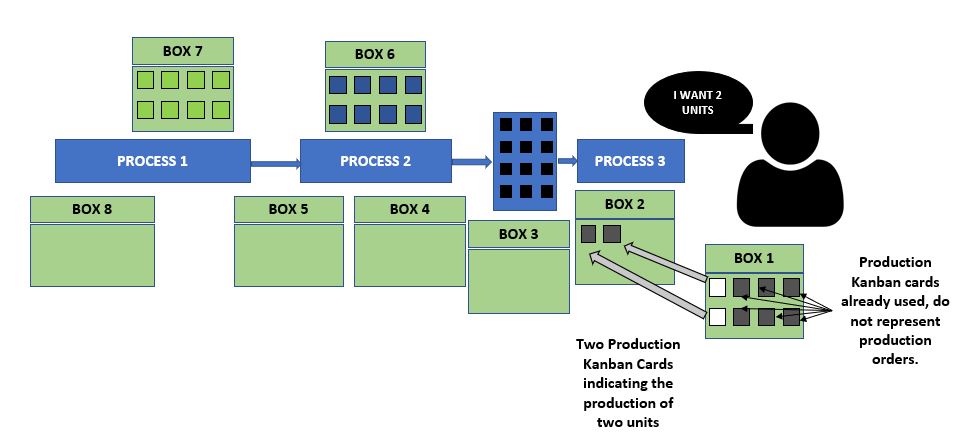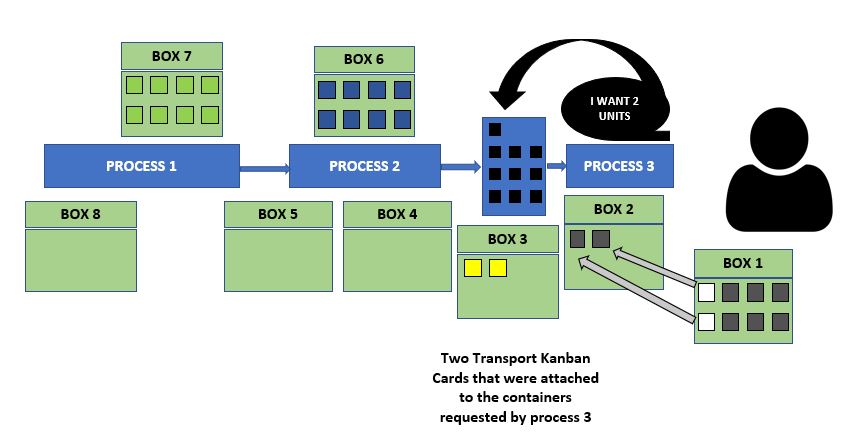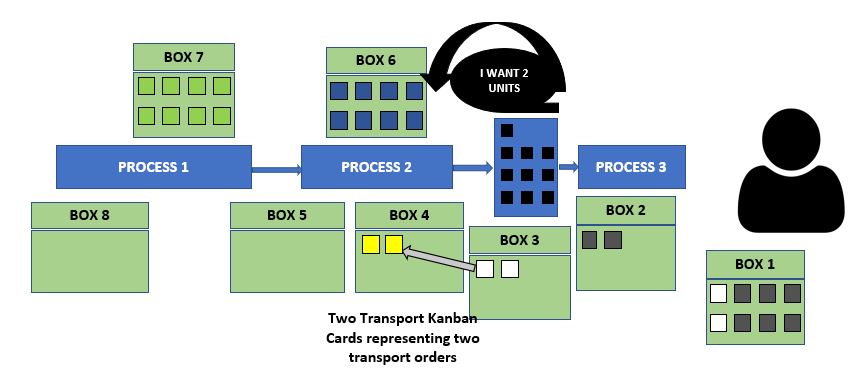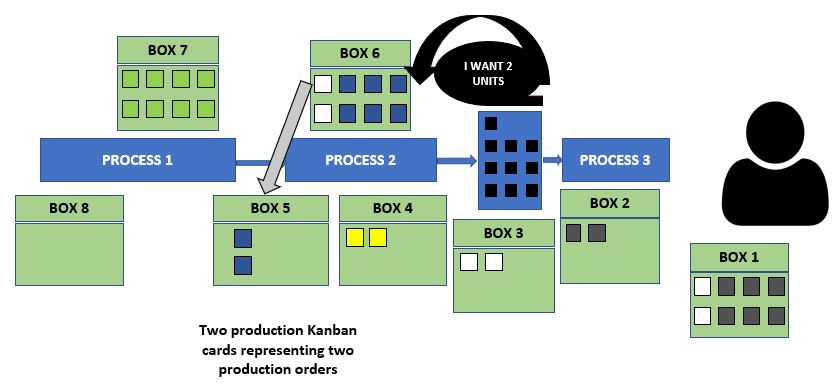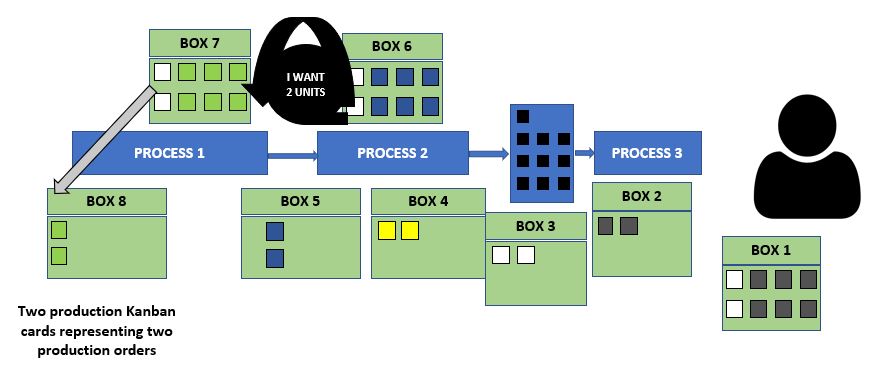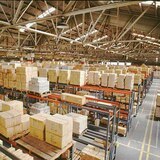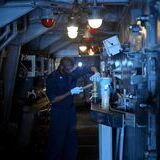Introduction to Kanban System
Kanban is the Japanese name of a system for transmitting information between different processes, which in its beginnings operated through cards.
It is the basis for establishing a pull flow, and should be implemented after having a product-oriented layout, standardizing processes and eliminating waste (see post "The stages of Lean Manufacturing implementation: Introduction").
The Kanban system emerged during the 50's by the Japanese engineer Taiichi Ohno, who in one of his trips to the United States was inspired by observing how the supermarkets there were able to have all the shelves stocked with the right and necessary amount of product. When he returned to Japan, he started using signal cards between the processes in his factory to manage demand; this was the birth of the Kanban system.
What is pull flow?
Establishing a pull flow is one of the objectives of Lean Management. This flow implies that each process will deliver only what the customer requires, in the volume and at the time he wants, always understanding the downstream process as the customer.
Usually, at certain points in the process, a stock will be required, which may be of the supermarket type, following the next operation:
- The customer (next process) removes the quantity he needs of a given reference from the shelves where it is located.
- The gaps left by the withdrawn reference are filled.
In this way the supply of our process is adjusted to the real customer demand.
Let's see clearly with an example how the pull flow works.
Let's imagine a product for which our end customer demands 2 units. To manufacture this product, three processes must be carried out. Between the second and the third process there is a supermarket type intermediate stock due to the long lead time of process 2. This supermarket has 12 units of product. Schematically it would look something like this:
Since the customer requests those 2 units, we get to work, and process 3 requests the delivery of 2 units to the warehouse (supplier).
In turn, the warehouse requests process 2 to manufacture 2 units.
In turn, process 2 requests the manufacture of 2 units to process 1.
We clearly see that:
- The final customer is the customer of process 3.
- Process 3 is the customer of Warehouse.
- Warehouse is the customer of process 2.
- Process 2 is the customer of process 1.
- We have manufactured only the quantity demanded by the customer. It can be seen that the final customer is the one who "pulls" the demand throughout the production process, i.e. in this pull flow the demand information goes from downstream to upstream of the process.
What is the Kanban system?
The translation of the word Kanban is visual or sign card. The Kanban system is therefore a signaling system in which a kanban card is used to request to the previous process a quantity of product that has to be replenished because it has already been consumed.
This signaling system is used throughout the entire production chain, from customer demand to raw materials, and even beyond the company itself, extending it to its suppliers.
It is important to mention that Kanban are usually cards, however it could also be anything else that would indicate unequivocally to the previous process the quantity demanded, for example could be empty trays of product.
What types of Kanban cards are there?
The cards must contain the data identifying the supply requested from the supplier (previous process). These cards will be attached to the product containers, and these containers must contain the quantity of product indicated on the card. There are two types of cards:
- Production Kanban card: This card contains the information indicating to the upstream process the quantity of product to be produced.
- Transport Kanban card: This card contains the information that is used to request the removal of finished product from one process and move it to the next one or to a warehouse.
What are the basics of Kanban system operation?
Let's see in a practical way through our example how the Kanban system works. Let's assume that each product demanded is placed in a container that contains a card indicating the demand for one unit.
In process 3, since we have no stock/sales warehouse, production Kanban cards will be used directly and we will have two boxes to put them in:
- Box 1: In this box will be deposited the production Kanban cards already used, which are waiting for new orders by the final customer to be recirculated to box 2. The container used during process 3 is the one that will be sent directly to the final customer, therefore, before sending it, the card must be removed and placed in this box.
- Box 2: Each Kanban card in this box will represent a production order for one unit of the product in process 3.
In the warehouse between process 2 and process 3, there are product containers with Transport Kanban cards attached to each of them. Box number 3, will be available there:
- Box 3: In this box, the transport Kanban cards of those products that have been withdrawn from the warehouse to feed process 3 will be deposited.
In process 2, there will be three boxes, 4, 5 and 6:
- Box 4: Here will be stored the transport Kanban cards (coming from box 3) that will indicate the shipping orders needed to replenish the remaining gaps in the warehouse.
- Box 5: Here will be stored the production Kanban cards that will indicate the orders to manufacture a unit in process 2.
- Box 6: In this box the production Kanban cards will be deposited, which as soon as they leave process 2 are replaced by the transport Kanban cards in box 4.
In process 1, as in process 3, as there is no intermediate stock, production Kanban cards will be used directly and there will be two boxes to deposit them in:
- Box 7: In this box will be deposited the production Kanban cards already used, which are waiting for new orders from the customer (process 2) to be recirculated to box 8. The container used during process 1 is the one that will be sent directly to process 2, therefore, before sending it, the card must be removed and placed in this box.
- Box 8: Each Kanban card in this box will represent a production order for one unit of the product in process 1.
The situation of the boxes would therefore be as follows:
The operation will therefore take the following steps:
- The final customer requests 2 units.
- We go to box 1 and take 2 production Kanban cards already used.
- We place the 2 production Kanban cards in box 2, which represent production orders of two units.
- Process 3 has to be supplied with product from process 2 in order to be able to manufacture. As we can see, it has an intermediate stock of product, so process 3, now a customer, requests two units from the warehouse.
- The warehouse sends the 2 units to process 3, but first it removes the transport Kanban cards (yellow cards in the example) from their container to deposit them in box 3.
- The cards in box 3 represent the requirement for two units, and are transported to box 4, where they are converted into transport orders.
- Two already used production Kanban cards are then moved from box 6 to box 5, representing 2 production orders.
- Process 2 also needs product from process 1, so it requests 2 units.
- From box 7, two production Kanban cards are moved to box 8, representing two production orders.
As production and transport orders are executed:
- In process 3, the two production Kanban cards from box 2 will be attached to two containers and when finished manufacturing, before delivering to final customer they will be deposited in box 3.
- In process 1, the two production Kanban cards from box 8 will be attached to two containers and when they are finished, before being delivered to process 2 (customer) they will be deposited in box 7.
- In process 2, the two production Kanban cards in box 5 will be attached to two containers and when they are finished, before being delivered to the warehouse (customer) they will be deposited in box 6 and the two transport Kanban cards in box 4 will be placed in the two containers and sent to the warehouse.
This completes the cycle.
What is the information that should be on the Kanban System cards?
Every Kanban card shall have at least the following information:
- Name identifying the component or sub-assembly.
- Customer: it will be the next process.
- Supplier: is the process responsible for manufacturing.
- Quantity: is the quantity of parts that this Kanban has or requires.
- Card number: identifies the number of cards with respect to the total number of cards in order to keep track of them and identify if one is lost.
Let's see this physically in the example for process 1. These production Kanban cards can be in the two locations we have defined before, boxes 7 and 8. The rest of the Kanban cards would be made in the same way.
What are the benefits of implementing a Kanban system?
Implementing the Kanban system takes time, but once it is completed, you will obtain the following benefits:
- You will avoid overproduction: the Kanban system allows the implementation in pull flow that only what is really demanded will be produced.
- Reduction of stock levels: it is a consequence of the previous point, by not overproducing our stock levels will go down, with its consequent cost reduction.
- Improved production control: by having the cards in the different boxes we can clearly see visually what is pending production and identify bottlenecks in the overall process.





